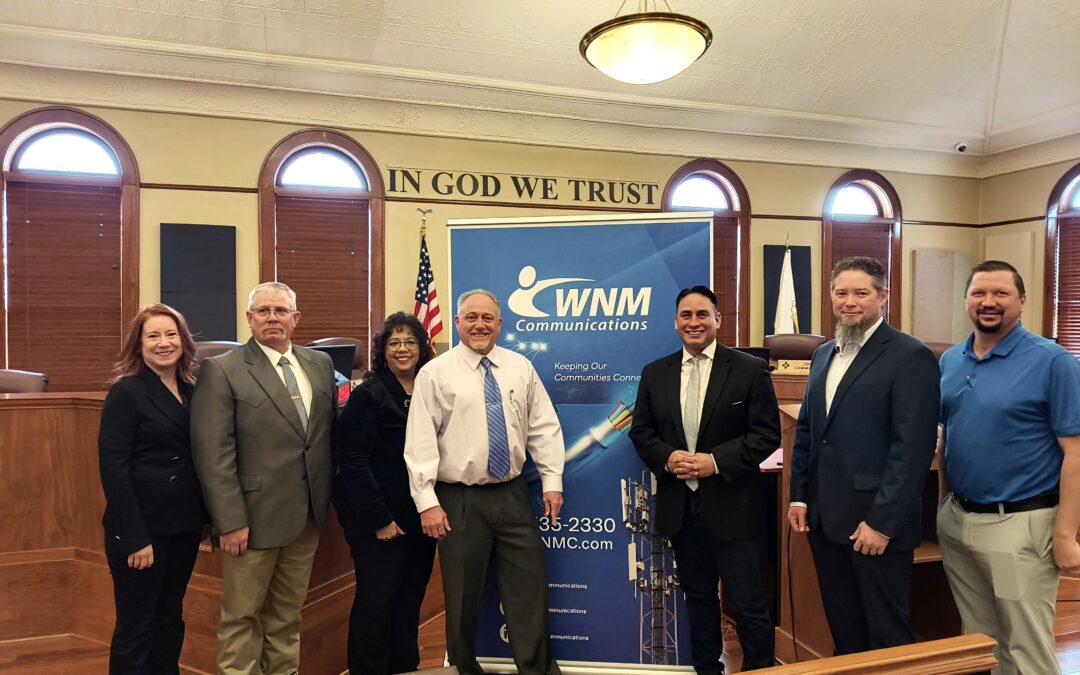By Lt. Governor Howie Morales January 19, 2025
From the first day of our administration, Gov. Michelle Lujan Grisham and I have made investing in rural New Mexico a top priority, whether championing billions more in capital outlay funds for public infrastructure, creation of the $46 million Rural Health Care Delivery Fund, new workforce affordable housing monies, or the New Mexico Match Fund to help local governments leverage once-in-a-generation federal dollars. And by emphasizing a close, working collaboration, the executive and legislative branches together have achieved results that promise more resilience and growth for rural communities who need it.
Six years on, we know there is still much work to do because large swaths of rural New Mexico continue to struggle with underinvestment and neglect. The 2025 meeting of legislature offers another opportunity to make a profound boost in infrastructure spending thanks to positive revenue surpluses. We should do it, and make the most of these new resources while we have them.
During my time as Lieutenant Governor, I have made it my goal to regularly visit rural towns and villages to hear first-hand the concerns and needs of residents. Born and raised in rural Grant County myself, and living there still with my two children, it’s a natural thing to do.
What I have found is that rural New Mexico is shrinking. That is not just a localized rural challenge – it is one that will affect the future of the whole state.
Years ago my first big accomplishment as a new state senator was helping to create the Colonias and Tribal Infrastructure Funds, specifically to benefit those rural, impoverished communities, leveraging State resources to assist them. I know how important those funding sources have been to communities.
The two Funds receive just under five percent of the State’s annual senior severance-tax bond proceeds. The money is dedicated to water, sewer, solid-waste disposal, local roads, housing and flood-control projects. The programs really work because they are relatively simple and the project management is uncomplicated. These are key features, and should be instructive for us going forward. One of the common obstacles we face is trying to improve flexibility in the funding of state and federal programs. It is an area where we must do better, while still maintaining accountability.
There are so many encouraging examples of new infrastructure development happening across our state right now, underlining the benefits of prioritizing state and federal investment in rural. In December I joined community leaders at the Deming County courthouse, for instance, to break ground on a $25 million high-speed fiber optic broadband project. In partnership with WNM Communications, Inc., USDA rural economic development funds are being used to connect almost 700 homes and businesses in the remote southwest region of the state. This is how we can begin to close the digital divide and bring employment options for people.
Addressing capacity shortfalls in rural and tribal communities, building on local assets to create more good-paying jobs in geographically distant New Mexico will ensure that our small-town communities can survive. We want them to be desirable places to live with a high quality of life in the long-term. For that to happen we must continue robust State investment in broadband, water and wastewater, roads, transportation and other public infrastructure during the upcoming Legislative Session.
We must not forget the importance of investing in New Mexico’s “human infrastructure” this year, either. Under the leadership of the Governor, we already have made historic investments in public education from the earliest years and K-12 through free college and higher education. That is well and good.
But I have been particularly concerned about the need to invest in the expansion of opportunities for children in our rural and tribal communities to afterschool, summer learning and out-of-school time programs. Out-of-school time education holds out so many concrete benefits for students and working families, and is one area where the urban-rural divide is greatest. The status quo is insufficient.
Using our historic revenue surpluses this year to jump-start State investments in rural infrastructure is an obvious policy choice. We can reinvigorate New Mexico’s rural economies by focusing on bold public infrastructure investments, and engage their residents and communities more fully in a broader, more inclusive state economy again.
Link: https://tinyurl.com/4nu93y2b
###

